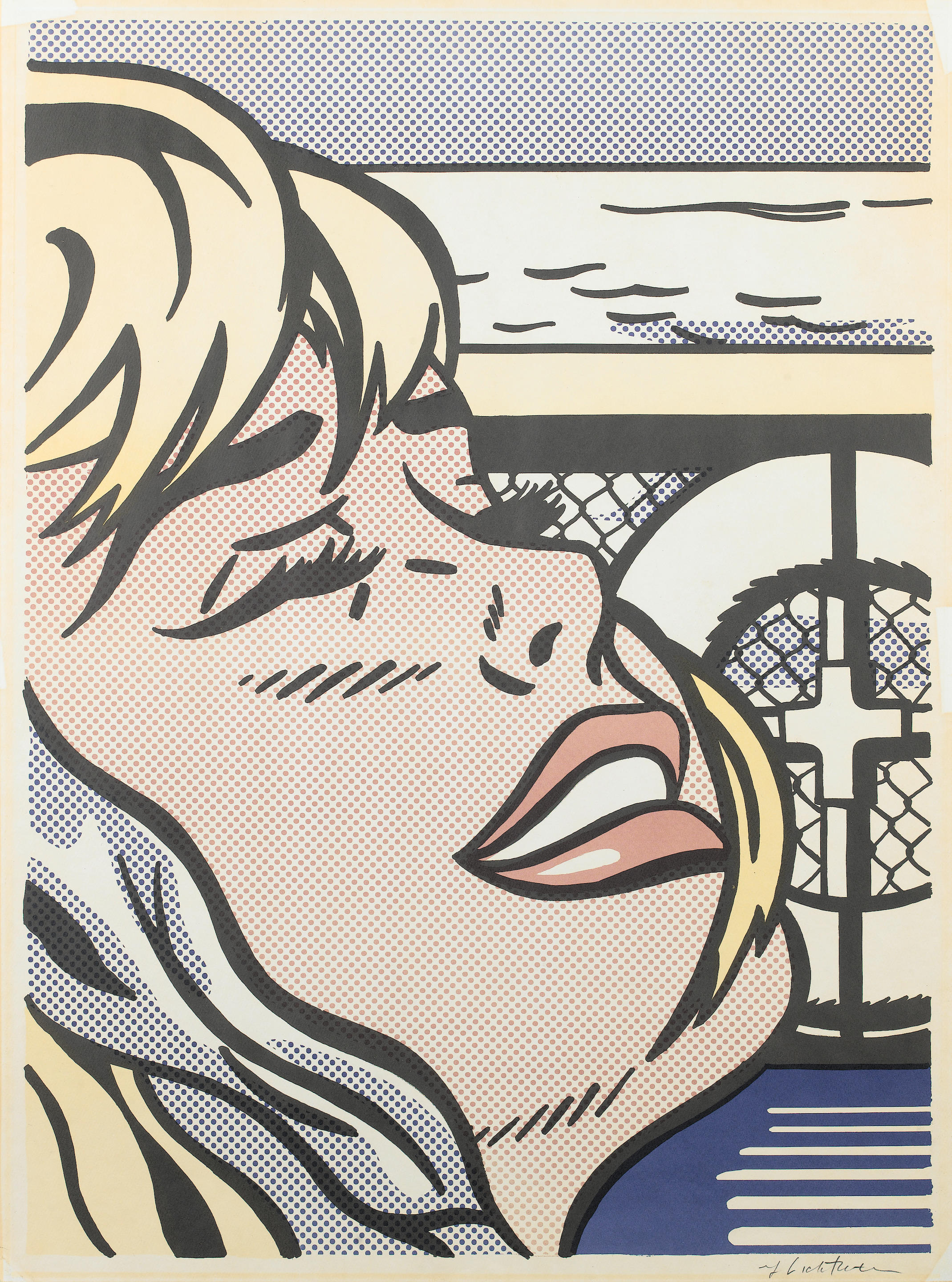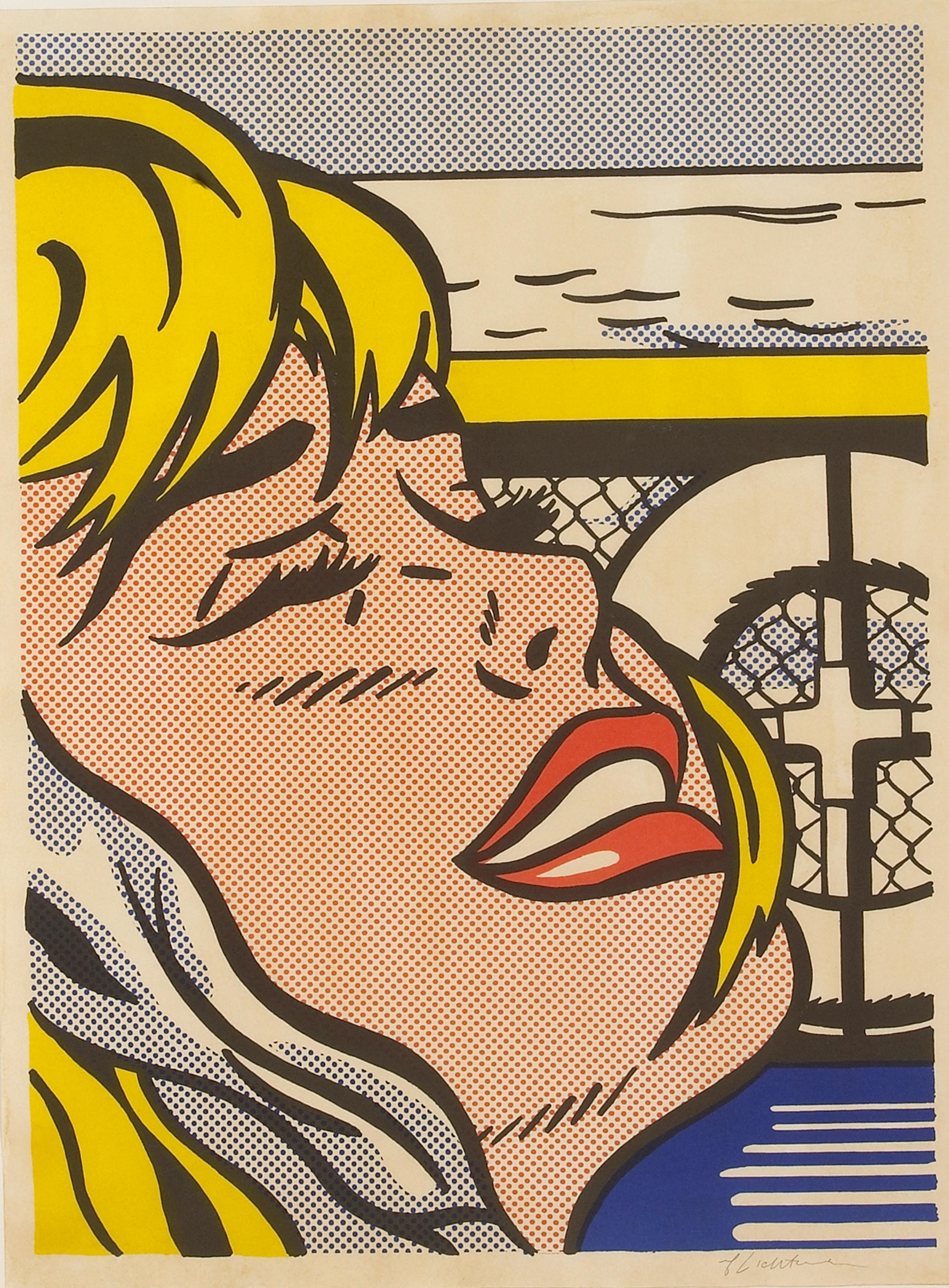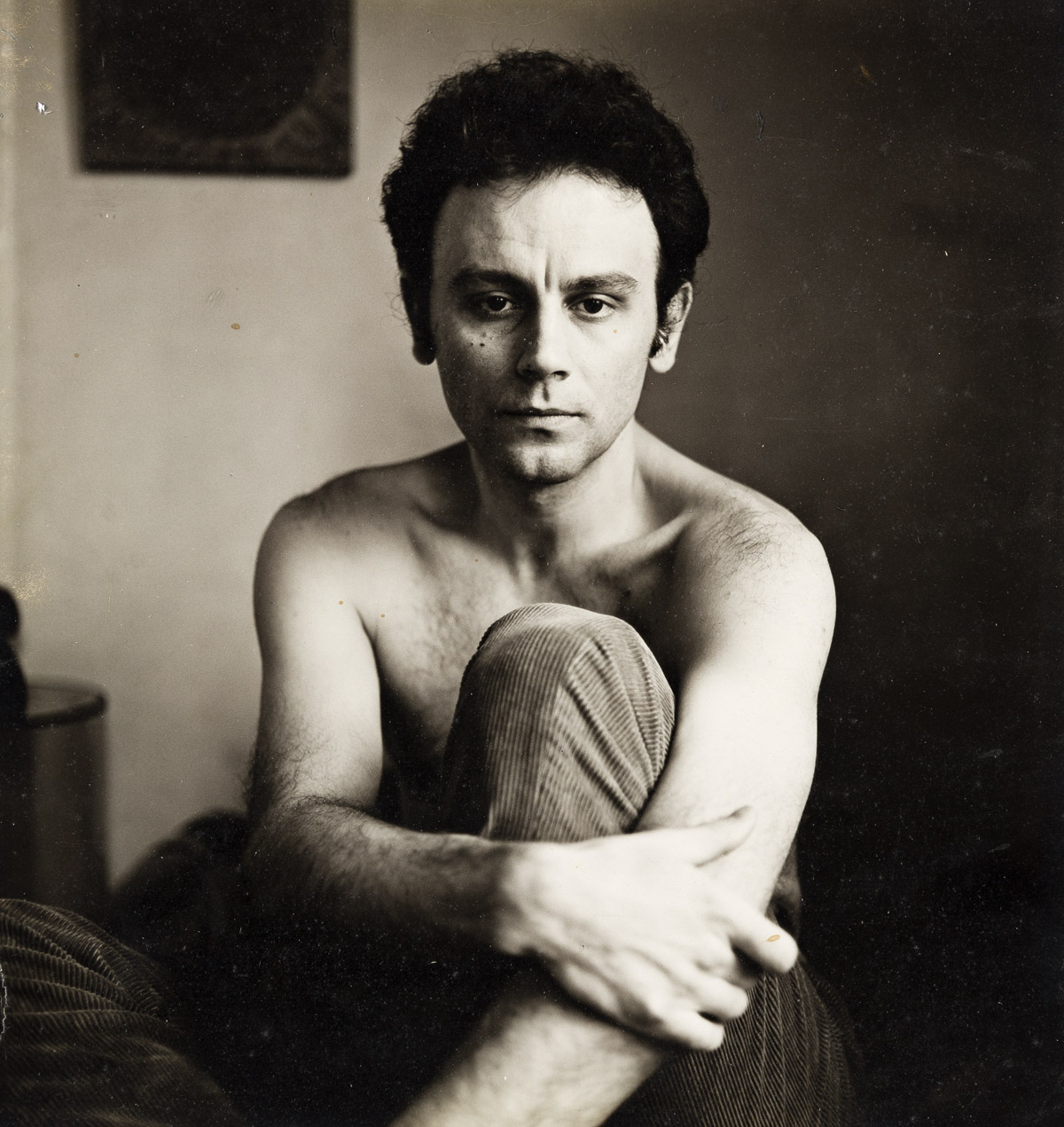Roy Lichtenstein (American, 1923-1997) Shipboard Girl 1965, pencil signed, from the edition of unknown size, with wide margins, Leo Castelli Gallery, New York, publisher. Color offset lithograph on wove paper. image: 26 1/16 x 19 3/16 in. (53.5 x 48.7cm) sheet: 27 1/8 x 20 3/16 in. (68.9 x 51.3cm) [Corlett, II.6] note: Lichtenstein mused that he had "always seen a relationship between certain kinds of commercial art and classical art: the handsome man and the pretty girl is a kind of prototype in a classical way; you're developing an archetype of something… It's vulgarized so it's humorous. It is developing a type which in a certain way is the perfect athlete… and the repetition of that, year after year and building on it. They're not built by one commercial artist. There are generations of commercial artists that develop this simple way of showing cartoon figures… or a mirror. It is developed and believed in by the culture." Indeed, Shipboard Girl is one of Lichtenstein's best-known takes on the female 'archetype' - with hyper-stylized red lips and yellow-blonde hair, she fits into a slick version of American beauty we recognize from decades of commercial print imagery. Interestingly, Lichtenstein has chosen to flood, and thereby emphasize these zones with full color, whereas her skin and sky are rendered in the oversized benday printing dots, Lichtenstein's ever-present reference to print. M.L. Corlett, The Prints of Roy Lichtenstein A Catalogue Raisonné 1948-1997, New York, 2002, p. 23 (Introduction by Ruth Fine).
Roy Lichtenstein (American, 1923-1997) Shipboard Girl 1965, pencil signed, from the edition of unknown size, with wide margins, Leo Castelli Gallery, New York, publisher. Color offset lithograph on wove paper. image: 26 1/16 x 19 3/16 in. (53.5 x 48.7cm) sheet: 27 1/8 x 20 3/16 in. (68.9 x 51.3cm) [Corlett, II.6] note: Lichtenstein mused that he had "always seen a relationship between certain kinds of commercial art and classical art: the handsome man and the pretty girl is a kind of prototype in a classical way; you're developing an archetype of something… It's vulgarized so it's humorous. It is developing a type which in a certain way is the perfect athlete… and the repetition of that, year after year and building on it. They're not built by one commercial artist. There are generations of commercial artists that develop this simple way of showing cartoon figures… or a mirror. It is developed and believed in by the culture." Indeed, Shipboard Girl is one of Lichtenstein's best-known takes on the female 'archetype' - with hyper-stylized red lips and yellow-blonde hair, she fits into a slick version of American beauty we recognize from decades of commercial print imagery. Interestingly, Lichtenstein has chosen to flood, and thereby emphasize these zones with full color, whereas her skin and sky are rendered in the oversized benday printing dots, Lichtenstein's ever-present reference to print. M.L. Corlett, The Prints of Roy Lichtenstein A Catalogue Raisonné 1948-1997, New York, 2002, p. 23 (Introduction by Ruth Fine).












Testen Sie LotSearch und seine Premium-Features 7 Tage - ohne Kosten!
Lassen Sie sich automatisch über neue Objekte in kommenden Auktionen benachrichtigen.
Suchauftrag anlegen